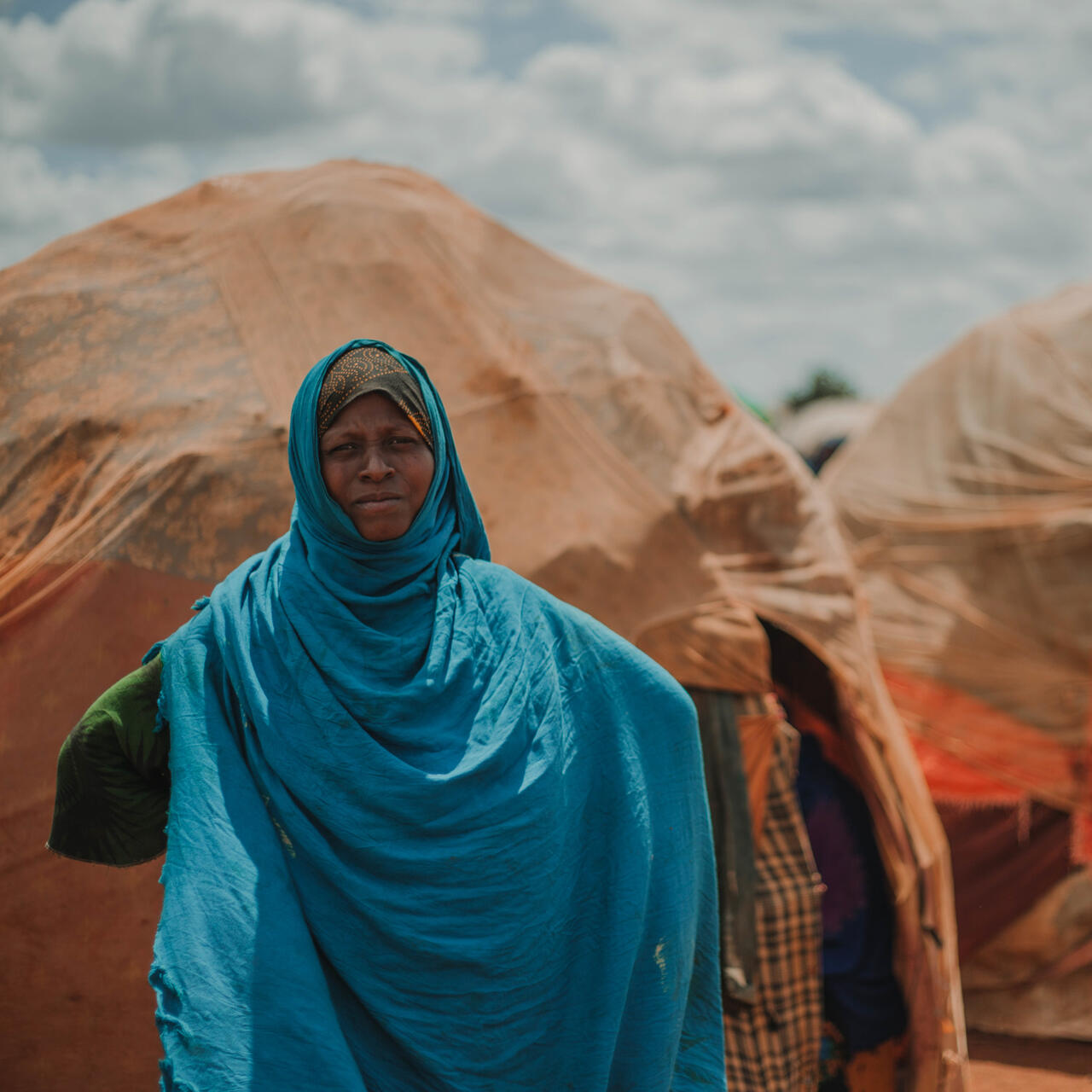
110 million people displaced around the world: get the facts
A record high of 110 million people have fled their homes in search of safety and stability. This is more than any other time since World War II.

A record high of 110 million people have fled their homes in search of safety and stability. This is more than any other time since World War II.
Right now, more people have been forced to flee their homes than ever before, with a staggering 110 million individuals displaced worldwide, according to a report released by the United Nations High Commissioner for Refugees (UNHCR). This is more than any other time since World War II.
From the war in Ukraine to ongoing conflict in Syria, to climate shocks and economic turmoil in East Africa and Latin America - global instability is increasing. At the end of 2022, the number was at 108 million, rising to 110 million in just the first few months of 2023.
Unfortunately, many families and individuals who seek safety and refuge are not met with open arms. Too many governments and politicians, including some in the EU, mistakenly believe that cruelty and inhumanity are the best options for establishing order at their borders. In reality, often these solutions empower people smugglers and put those seeking safety into further danger.
Here’s what you need to know about this unprecedented humanitarian crisis:
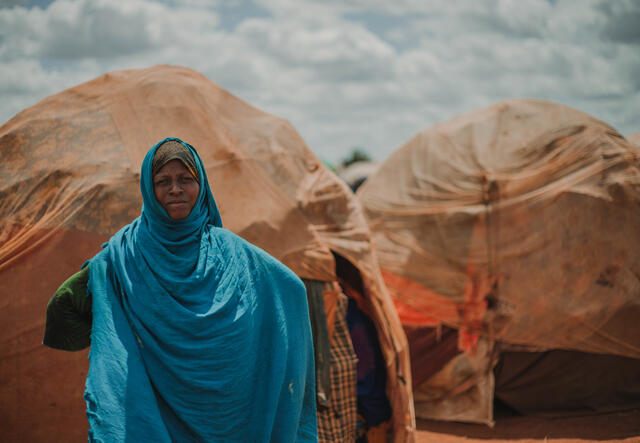
The 110 million number from UNHCR includes refugees, asylum seekers and internally displaced persons.
Refugees are people forced to flee their homes, that cross an international border in order to flee war, violence or persecution. They are unable to return home until conditions in their native lands are safe.
An official entity such as a government or UNHCR determines refugees status; those who obtain it are given protections under international laws and conventions and lifesaving support from aid agencies, including the International Rescue Committee (IRC). Some may be eligible for resettlement in a third country, such as EU member states, Canada, the UK or the US.
Asylum seekers are people seeking international protection from dangers in their home country, but whose claim for refugee status hasn’t been determined legally. Asylum seekers must apply for protection in the country of destination - meaning they must arrive or cross a border in order to apply.
Internally displaced persons (often referred to as IDPs) have been forced to flee their homes because of war, violence or persecution, but have not crossed an international border. At the end of 2022, over 62.5 million people around the world were internally displaced, including 6.8 million in Syria and 5.4 million in Ukraine.
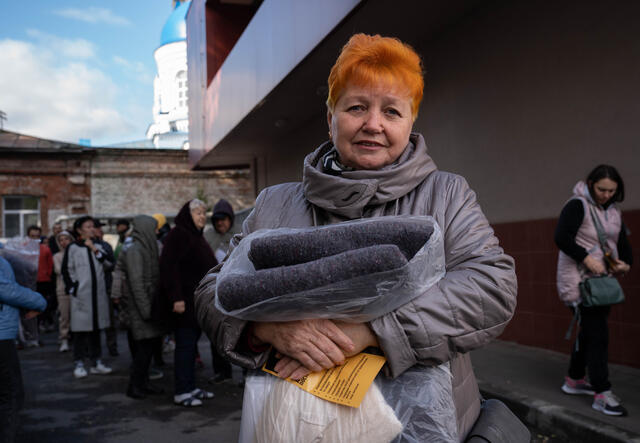
By the end of 2022, more than half of all refugees (52%), including others in need of international protection, were from Syria, Ukraine and Afghanistan.
After 12 years of war, Syria remains the world’s largest refugee crisis. More than 6.8 million Syrians have been forced to flee their country since 2011, and another 6.8 million people remain internally displaced.
The escalation of the war in Ukraine in February 2022 created the fastest displacement of people in Europe since the Second World War. In the first days as many as 200,000 refugees a day crossed into neighbouring countries. At this point, over 8.3 million refugees have fled the country, while a further 5.4 million people remain displaced within Ukraine.
Since the shift in power in Afghanistan, humanitarian needs across the country have skyrocketed, making it now the world’s largest-ever humanitarian appeal. An estimated 3.4 million people have been internally displaced and as the country endures the worst drought in 27 years, these numbers are likely to continue to soar.
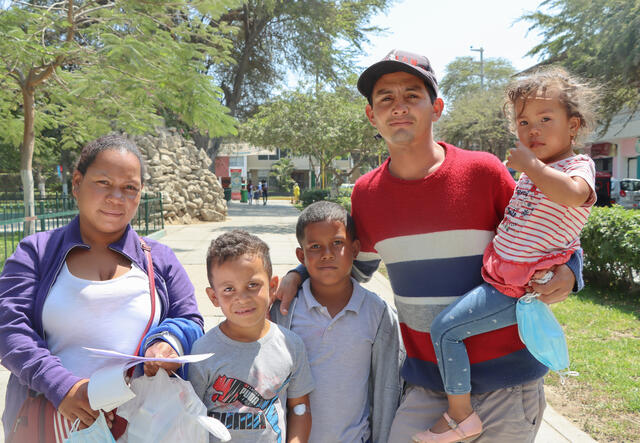
In Venezuela, more than 7 million people live in need of humanitarian aid, struggling to cover the most basic aspects of life while public services remain overwhelmed.
The situation in Venezuela has transcended borders, unfolding in an unprecedented displacement phenomenon in Latin America: over 7.2 million people have left the country since 2015. Of these, approximately 6 in 10 have tried to resettle in Colombia, Ecuador and Peru.
Low and middle-income countries host the vast majority - 76% - of the world’s refugees. Türkiye, Iran and Colombia currently host the most refugees.
People who seek safety in Europe have travelled from countries including Syria, Afghanistan, Türkiye, Pakistan and as far as Venezuela and Colombia.
It is important to know that crossing a border to seek asylum is legal and protected by international and European law. Often, people asking for asylum have already tried to find safety in neighbouring countries but ended up encountering conditions similar to or worse than those they fled.
With 110 million people displaced worldwide, the need for humanitarian assistance and protection have never been greater.
Today, in over 40 countries, dedicated IRC teams do whatever it takes to help people affected by conflict and disaster.
The IRC launched an emergency response to the crisis in Ukraine in February 2022 and has been working directly and with local partners to reach those most in need. We are in Poland and Moldova, as well as in many other European countries, delivering vital services including cash assistance, mental health support, medical supplies and equipment, and specialised social-service support for children and survivors of violence.
We have been working in Syria since 2012, reaching people fleeing violence and, more recently, those displaced by the earthquake that devastated the region along the Türkiye-Syria border. We’re focusing on healthcare, protection of vulnerable women and children, early childhood development and economic recovery.
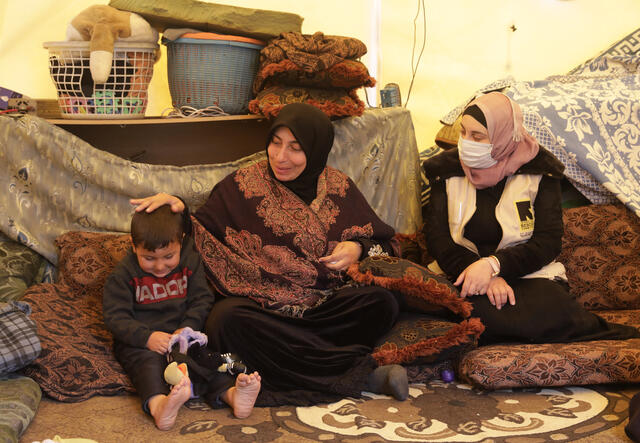
The IRC has been working in Afghanistan since 1988, supporting the safety, education and wellbeing of millions of Afghans. While the de facto authorities’ ban on female NGO workers, first issued 24 December, forced us to pause our programmes, agreements at national, provincial and district levels have since enabled us to resume operations in 13 provinces.
Across East, Central and West Africa (including Somalia, Ethiopia, Burkina Faso, Mali and Niger) we reach communities affected by conflict and natural disaster, supporting them with services that include water and sanitation, health care, education, and help finding work.
Learn more about where we work.
Learn five ways you can help welcome refugees—today and every day.
*Name changed or omitted for privacy reasons